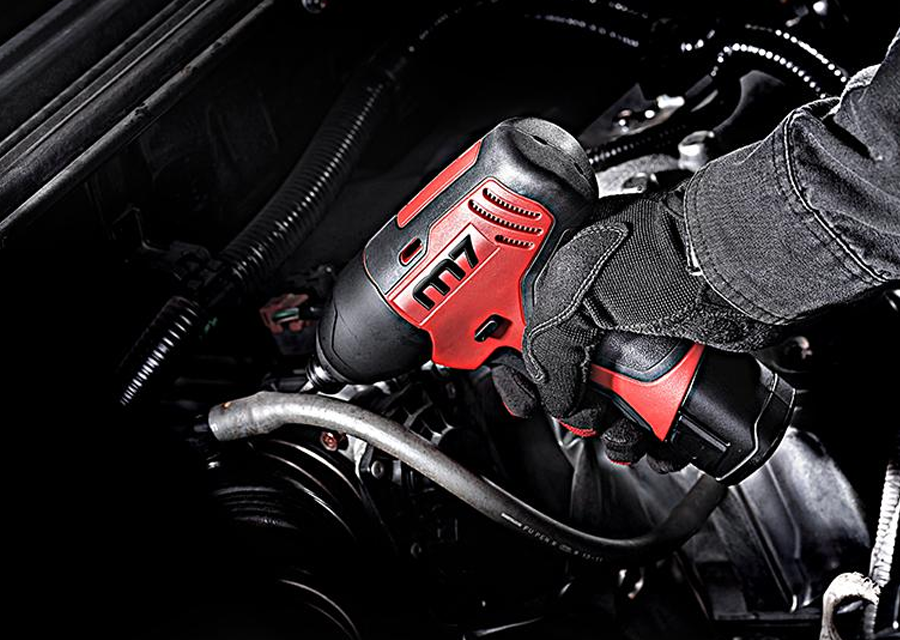

Where do you want to clap, snap, or tap your foot? That’s the beat,” says Horwitch. Now, how do you find that beat? “Listen to a song. “When you’re running or walking, it’s when your foot hits the ground.” “When you’re riding on an indoor cycling bike, you hit the RPM at the strongest point in your pedal stroke,” says Horwitch. The RPMs you’re working with can be on either pace, depending on the song and the particular drill that you’re doing. The second is a faster, double-time pace (usually counted one-two-one-two, without the “and”). The first is a slower beat (usually counted one-and-two-and…).
#33 rpm to bpm how to
“Some scientists have even referred to it as a legit performance-enhancing drug.” How to Match BPMs and RPMsĪccording to Horwitch, every song has two beats to work with. “A great playlist has been shown to decrease fatigue, increase excitement and awareness, and help you perform tasks better,” says Horwitch. But, cue up a great song, and you can tune in or zone out-whatever you need to keep going. Horwitch adds that music also gives you something else to focus on besides the work you’re doing, which can occasionally be boring or even grueling. “When we hear a slower beat, we want to either relax or, in some instances, dig in with our physical effort even harder-think of a slow, uphill climb in a spin class.” “When we hear an upbeat song, we want to chase that beat,” says Horwitch. It’s the exact same way in fitness.” She notes that, since music is designed to make us feel, it can also make our bodies move better, easier, or differently than they would otherwise. “We can’t help but dance, sing, or be transported back to a specific time in our life. “Who hasn’t been at a party, at a concert, heck, at the grocery store, and felt the joy of a great song starting to play?” asks Horwitch. We’ll do that with help from Aaptiv Trainer Katie Horwitch, who utilizes various song tempos to her advantage during fitness classes. But, we can break things down further by looking at how beats per minute (BPMs) specifically impacts revolutions per minute (RPMs) in cycling classes, and how it applies to other activities, like lifting weights. To recap: Music and exercise pair nicely together. This has something to do with BPMs and RPMs.

And, during more repetitive endurance activities, like running, motivational music has been shown to reduce perceived exertion, improve energy efficiency, and increase one’s work output. In fact, a Canadian study found that music can increase both enjoyment and performance during high-intensity interval exercises. Plenty of scientific research backs up the claim. Anyone who’s ever exercised and listened to music at the same time-so, all of us-knows that a good playlist can keep you moving and motivated.


 0 kommentar(er)
0 kommentar(er)
